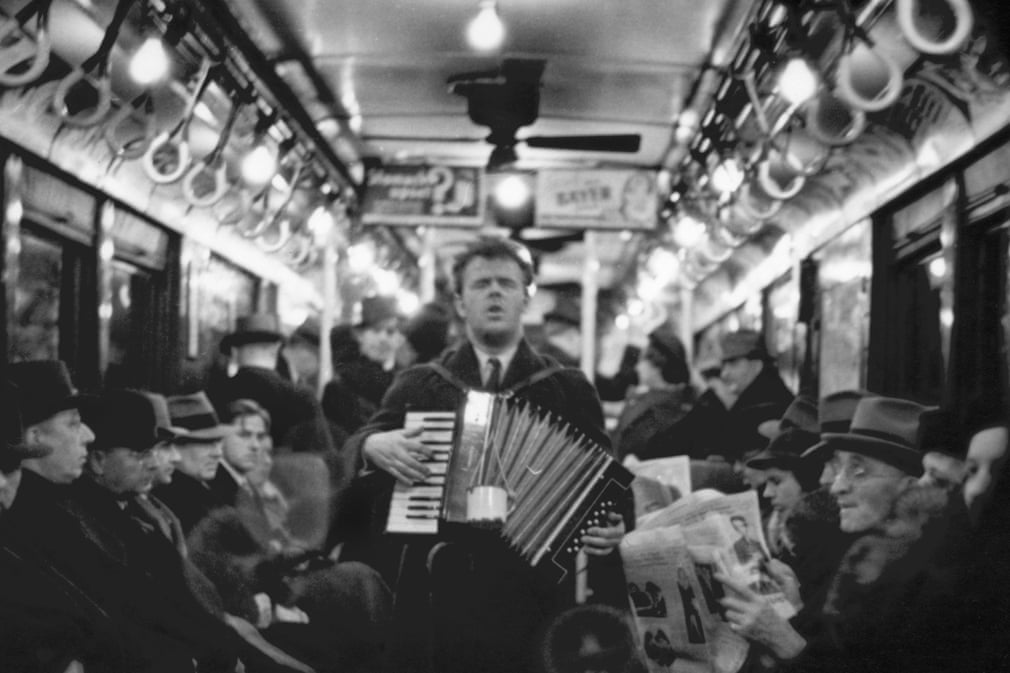Year Created: 2018
Subject’s Expression
The subject is very focused on his race. His eyes are wide open and staring straight forward. The last thing he is thinking about is posing for a photo. The subject appears to be tired, with his mouth dropped open, but also determined to finish that race.
Background compliments or detracts from composition
There are two other people in the background of the photo. While they are literally competing with the subject as they are racing, they actually compliment the photograph very well. They help bring to light the actions of the subject and help to show his determination. The viewers can see how hard the subject is pushing to be ahead of people that don’t have the disability he has.
Obvious main subject, about ¼ to 2/3 of image area:
It is very clear who the subject of this photograph is. He is the centermost individual and he takes up the most space in the image. If the other people in the image were left out, I feel that the reality of what the man of the wheelchair is doing wouldn’t be noticed as much. This man is racing in a wheelchair and keeping up with individuals who are on foot, which is amazing.
I chose this image because I am a runner myself, and I know how hard races can be with fully functioning legs. The whole time you just want to stop and quit, but you keep going. This man’s struggle is way more intense but he just keeps pushing and finishes the race.
Year Created: 1882
Contrast Appropriate
The contrast between light and dark in this photo is very interesting to me. While this photo is predominantly dark, the light pieces are so bright that they demand your attention, so it’s very easty to notice them immediately.
Depth of field
The perfect amount of the subject is in frame. Considering the subject is literally a lightning strike, the photographer did an outstanding job of capturing this phenomenon. As previously stated, the subject is the immediate center of attention in this photograph because of the positioning.
Is the image black & white or color
This image is in black and white. Being that it is an old photograph, that is to be expected. The black and white does add to the effect of the photograph. Overall, it makes it much more ominous. The viewer can put themselves in the photograph and imagine the thunderstorm that resulted in this photo.
I chose this image because the subject really spoke to me. I really enjoy watching thunderstorms and seeing all of the different unique patterns the lightning makes when it strikes.

Year Created: 1946
What feelings does the image create?
This image is so interesting to me. I find it fascinating that this was the first image taken in space, and it was captured by a rocket rather than a human photographer. This photograph really makes you think about all of the things that we may think to be impossible, but in reality, they may just be an invention away.
Texture
The Earth and space in the photograph clearly have very different textures. For instance, the planet has a rough appearance, where as the photograph appears smoother in the dark areas. Earth also appears to be patchier in certain spots.
KEEP IT SIMPLE
The composition of the photo is simple once you realize what you are actually looking at. Before you realize that it is a phot of Earth from space, it is rather confusing. The lack of color and focus adds to the difficulty in comprehending the composition.
I chose this photo for a couple different reasons. The first reason was that I am really interested in astronomy, and this was the first photo ever taken from space. The second reason that I chose this photo was because it really is not a simple one. Not many people would be able to guess what that photograph is of without being told.






























